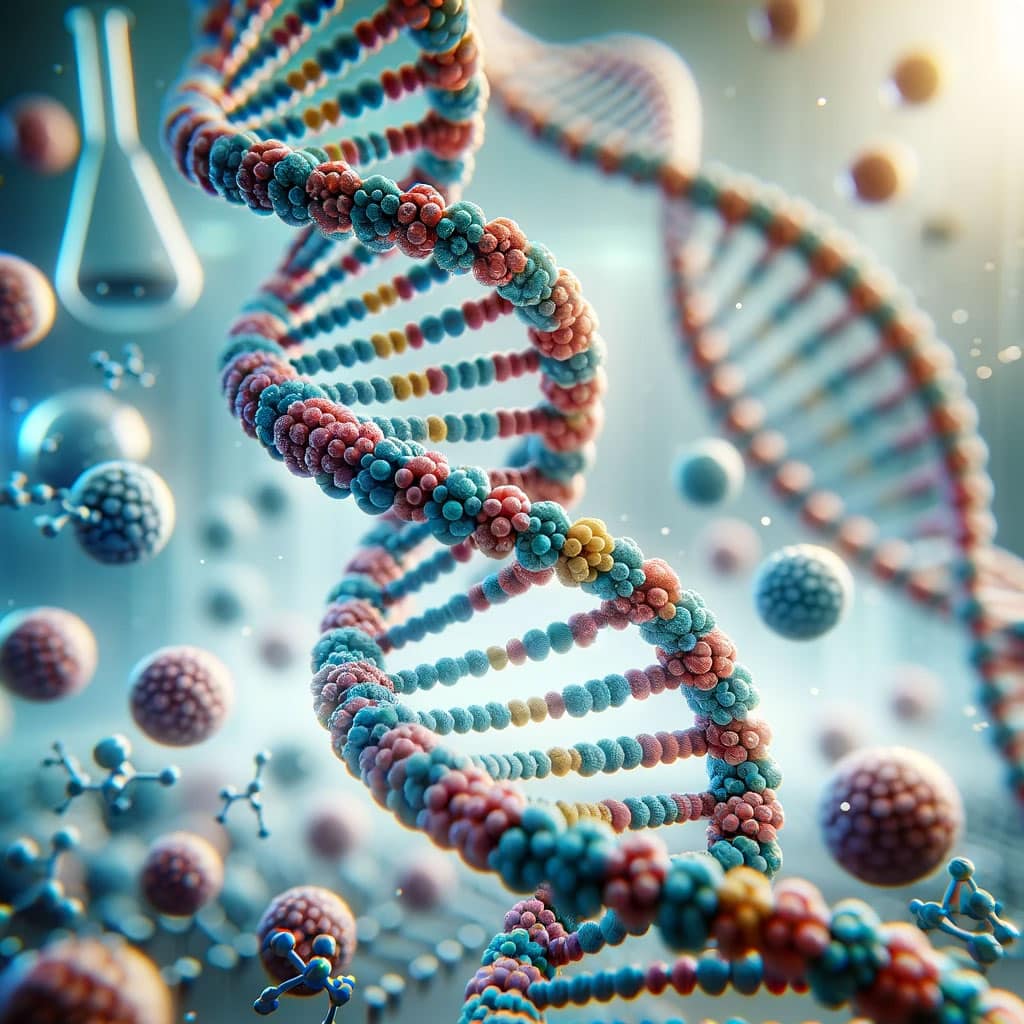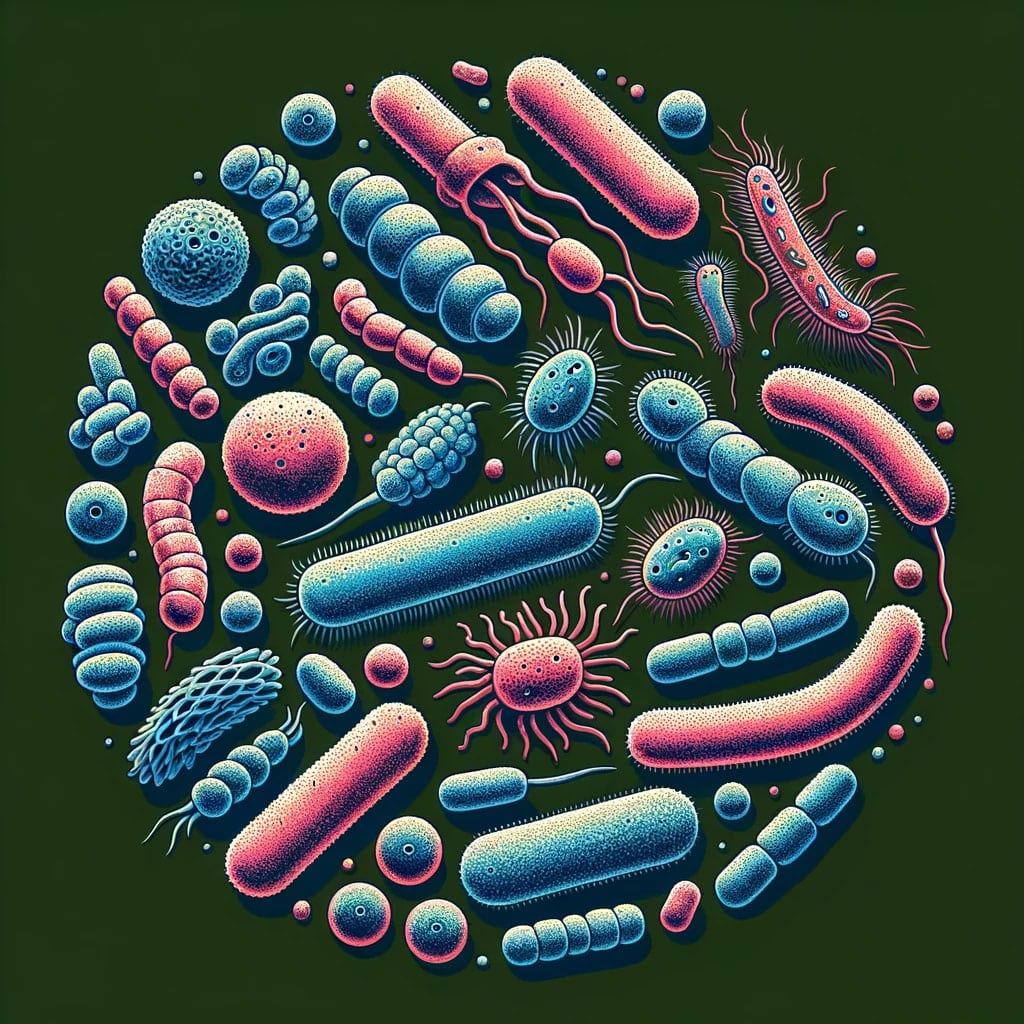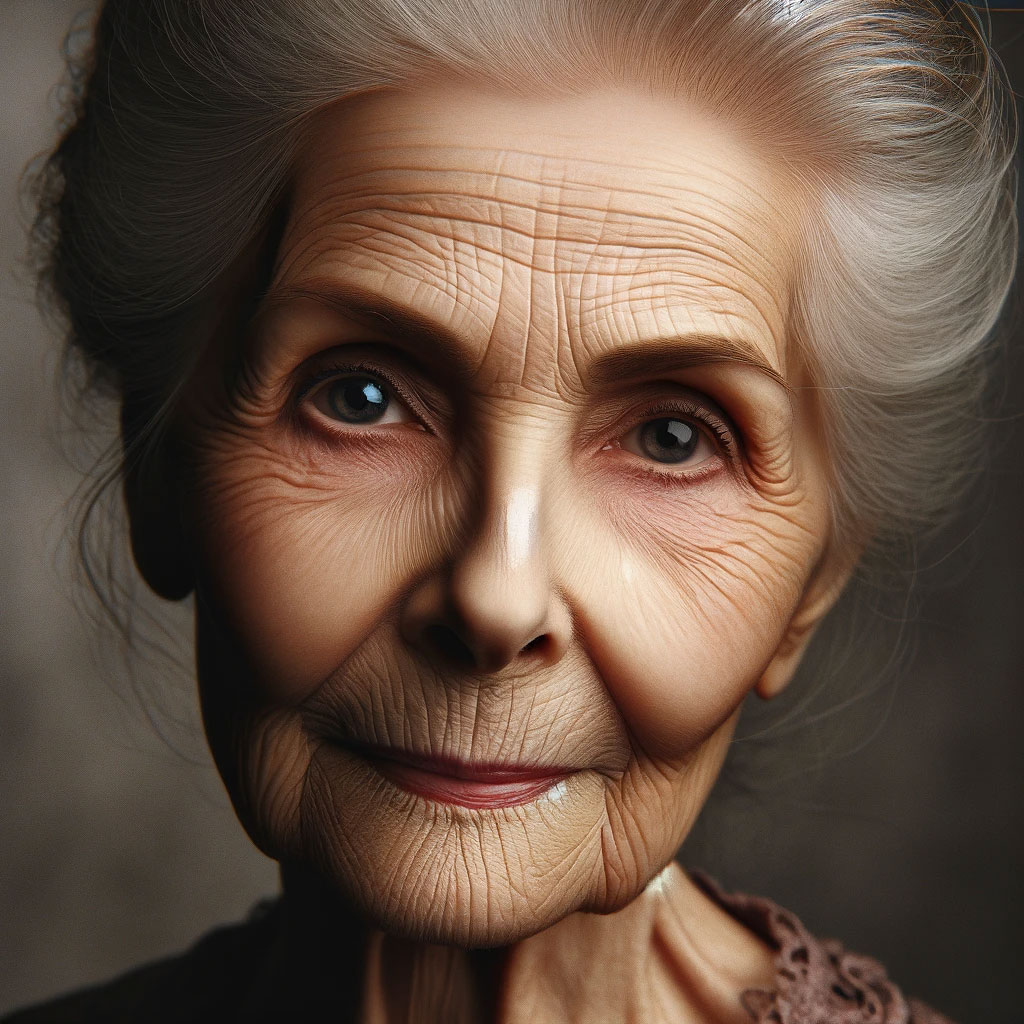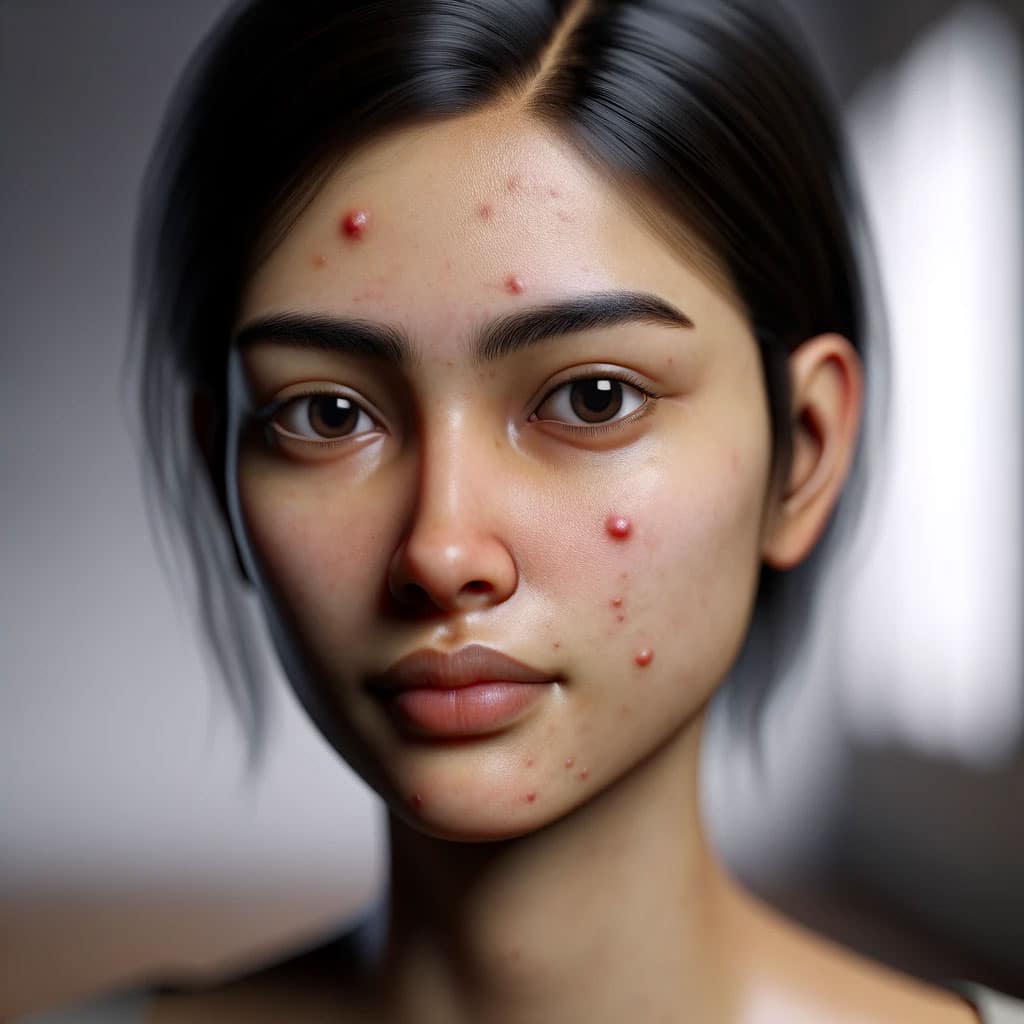Acne is a prevalent skin condition characterized by the appearance of pimples, blackheads, and whiteheads. It arises when hair follicles under the skin’s surface become blocked with oil, dead skin cells, or bacteria.
While commonly associated with the teenage years, acne can affect individuals at any age, often causing emotional distress and discomfort.
The severity of acne can vary greatly from person to person, and it typically manifests on the face, chest, shoulders, and back—areas with a high concentration of oil glands.
Acne treatment involves a combination of over-the-counter solutions, prescription medications, and lifestyle modifications aimed at removing dead skin cells, reducing oil production, and combating bacterial infection.
Factors that can exacerbate acne include hormonal changes, diet, stress, and the use of certain products on the skin. Understanding the symptoms and causes is crucial for effective management and prevention.
Regular skin care routines, proper nutrition, and a better understanding of personal triggers can significantly improve the condition over time.
Although acne is typically not a dangerous health issue, it can lead to scarring and can impact an individual’s self-esteem if left untreated.
Thus, considering the various types, causes, and treatment options available is an integral part of managing this ubiquitous skin concern.
Understanding Acne
Acne is a prevalent skin condition characterized by the presence of pimples, blackheads, and whiteheads, often resulting from clogged hair follicles. Here, one will gain a precise understanding of what acne encompasses, and its various forms, and dispel some common myths about it.

Definition and Overview
Acne is an inflammatory skin disorder resulting from the obstruction of hair follicles with oil and dead skin cells. The condition typically manifests as comedones, which can be open (blackheads) or closed (whiteheads), as well as pimples, nodules, and possible scarring. Acne is not exclusive to any age group, although it is more prevalent among teenagers.
Types of Acne
Acne can manifest in several forms. Non-inflammatory acne includes blackheads (open comedones) and whiteheads (closed comedones), which occur when pores are clogged with oil and dead skin. Inflammatory acne results in redder, often painful, pimples that occur when bacteria grow inside clogged pores, leading to inflammation. More severe cases may include deep, painful nodules and acne cysts.
Common Myths and Misconceptions
Many misconceptions about acne lead to confusion and improper treatment. It is not true that acne is caused strictly by poor hygiene or eating greasy food. While diet and cleanliness can affect the skin, acne is largely influenced by hormonal changes, bacteria, and the overproduction of oil.
Additionally, the notion that tanning can cure acne is false; exposure to the sun can actually lead to further skin irritation and damage.
Causes and Risk Factors
Acne arises from a combination of factors that may include hormonal fluctuations, genetic predisposition, and environmental influences. The condition varies in severity and can be influenced by lifestyle habits and the usage of certain skin products.
Hormonal Changes
Hormonal changes, particularly increases in androgens, can lead to increased sebum production and the development of acne. Such changes are often associated with stages like puberty and pregnancy. The spike in hormones can cause the oil glands beneath the skin to grow larger and produce more oil.
Genetics
Acne can run in families, suggesting that genetic factors predispose individuals to the condition. Those with a family history of acne might have a higher risk of experiencing similar skin issues.

Lifestyle and Environmental Factors
Diet and stress are commonly discussed in the context of acne, though their direct impacts are still under investigation. High-glycemic diets or consuming certain dairy products may play a role in acne severity.
Stress doesn’t directly cause acne, but it can aggravate it by stimulating adrenal glands to produce more hormones.
Usage of Certain Products
The use of certain cosmetics, creams, gels, and lotions can contribute to the clogging of pores. Products not suited for a person’s skin type, especially those that are oil-based, can exacerbate acne symptoms.
Other Factors
External pressure or friction on the skin such as helmets, collars, and tight clothing may also increase the risk of acne by irritating the skin and can lead to inflamed lesions.
Pore Blockage and Oil Production
Acne commonly develops due to pores becoming clogged with dead skin cells and fat or sebum. The sebaceous glands connected to hair follicles produce oil, which can accumulate and block pores if not regulated properly.
Bacterial Growth
The presence and proliferation of acne-causing bacteria, particularly Propionibacterium acnes, within clogged pores can lead to swelling, redness, and pus-filled lesions.

Inflammation and Infection
The immune system’s response to the clogged pores and bacteria often results in inflammation, which is a central component of acne. Infection can arise when bacteria proliferate, leading to painful and swollen spots on the skin.
Anatomy of Skin
Understanding the structure of the skin is crucial for comprehending various skin conditions, including acne. The skin is a complex organ with multiple layers, each harboring different structures such as hair follicles and oil glands, which play significant roles in its function and health.
Skin Layers
- Epidermis: This is the outermost layer, acting as the barrier against the environment. It is where keratinocytes are found, which help to produce keratin, a protein that gives skin its strength and resilience.
- Dermis: Beneath the epidermis lies the dermis, rich in collagen and elastin fibers that provide elasticity and support. It contains blood vessels, nerves, and immune cells.
- Hypodermis (subcutaneous layer): The innermost layer consists mostly of fat and connective tissue, which helps insulate the body and absorb shocks.
Hair Follicles and Their Role
Hair follicles are tiny tunnels located in the dermis that extend up through the epidermis. Each follicle contains:
- A hair that grows from a root at the base of the follicle.
- Sebaceous glands associated with them, secrete an oily substance called sebum.
The role of hair follicles is to produce hair, which helps with sensation and provides a small measure of protection for the skin.
Sebaceous Glands Function
Sebaceous glands are small oil-producing glands connected to hair follicles. They secrete sebum, which moisturizes and waterproofs the hair and skin. When functioning normally, they:
- Protect skin from becoming dry and cracked.
- Help remove dead skin cells and other irritants from the pores.
In the context of acne, these glands can become overactive and, together with dead skin cells, can clog the pores, leading to inflammation and the development of acne lesions.
Age and Gender Factors
The prevalence and characteristics of acne are influenced by age and gender, with hormonal variations playing a significant role in its development and persistence. Acne often first appears during adolescence but can continue or even begin in adulthood, and there are noticeable differences in how it affects men and women.

Acne in Adolescents
Acne typically begins in adolescence, with about 85% of individuals between the ages of 12 and 24 experiencing some form of it. During this time, the body undergoes hormonal changes, including an increase in androgens, which can lead to the production of excess oil in the skin and contribute to acne development.
Adolescents of both genders can develop acne, but it often presents more severely in young men due to higher levels of androgens.
Acne in Adults
While acne is often associated with teenagers, it can persist into adulthood or even appear for the first time after adolescence. Adult acne, particularly in women, can be persistent and may affect them on and off for decades. In a 2018 study, 85 percent of the adults with acne were female.
This can be attributed to hormonal fluctuations associated with menstrual cycles, pregnancy, and menopause, along with stress and certain medications.
Adult acne in men is less common but still occurs, and when it does, it is often more severe and persistent.
Acne Treatments and Medications
Effective acne management requires a tailored approach, considering both the severity and type of acne. Treatment options range from over-the-counter creams to more intensive dermatological procedures, with the goal of reducing symptoms and preventing scarring.

Over-The-Counter Treatments
Over-the-counter (OTC) treatments are the first line of defense against mild acne. They typically contain active ingredients such as benzoyl peroxide or salicylic acid. Benzoyl peroxide works by killing bacteria and drying excess oil, while salicylic acid helps to unclog pores. These treatments are widely available in various formulations, including gels, lotions, and washes.
- Benzoyl Peroxide: Effective against a broad range of acne lesions.
- Salicylic Acid: Assists with unclogging pores and reducing inflammation.
Prescription Medications
When acne is moderate to severe, prescription medications may be necessary. These include topical retinoids and antibiotics like erythromycin or clindamycin which target bacteria and reduce inflammation.
For persistent acne, oral medications such as doxycycline or minocycline may be prescribed, often in conjunction with topical treatments. Isotretinoin, a powerful oral retinoid, is reserved for the most severe forms of acne due to its potential side effects and is subject to strict monitoring.
- Topical Retinoids (e.g., tretinoin, adapalene): Promote cell turnover and prevent clogging of pores.
- Oral Antibiotics: Typically used to combat acne-causing bacteria and inflammation.
- Isotretinoin: An effective treatment for severe, recalcitrant acne.
Dermatological Procedures
Dermatological procedures can offer targeted solutions for acne, particularly in cases resistant to topical or oral treatments. Procedures often performed include chemical peels, which use acids to exfoliate the skin, and laser therapy, which can reduce bacteria and inflammation.

For immediate relief of severe cystic acne, steroid injections may be administered to reduce inflammation rapidly.
- Chemical Peels: Utilize substances like glycolic acid for a deep exfoliation.
- Steroid Injections: Alleviate the swelling and pain of severe acne lesions.
It’s important for individuals to consult with a dermatologist to determine the most appropriate treatment plan for their specific acne condition.
Impact of Acne
Acne can significantly affect an individual’s life, manifesting not just as a skin condition, but also influencing psychological well-being and leading to physical discomfort. It’s important to understand both the mental and physical ramifications acne can have on a person.
Psychological Effects
Acne has been shown to negatively impact self-esteem and quality of life. Individuals with acne may experience feelings of embarrassment or social withdrawal due to the visibility of their skin condition.
Research indicates that acne severity is directly linked to increased levels of anxiety and depression, making acne much more than a cosmetic issue.
Physical Scarring and Pain
In terms of physical effects, severe acne can lead to pain as well as permanent scarring. The development of nodules and cysts, which are inflamed lesions that sit deeply within the skin, can be particularly painful.
Scarring is a common sequel of acne, ranging from shallow depressions to keloids. The severity of scarring often correlates with the severity of acne and its management.
Preventative Measures
To mitigate the risk of acne, one must focus on consistent skincare routines and make several lifestyle adjustments. These actions can maintain skin health and prevent the common triggers of acne.
Skincare Routines
Establishing a daily skincare routine is critical. The use of non-abrasive cleansers twice a day removes excess oil and dirt without irritating the skin. Individuals should choose products according to their skin type to maintain balance without over-drying.
It’s also essential to include sun protection as part of the routine to prevent damage that can exacerbate acne issues.

Lifestyle Adjustments
Dietary choices directly impact skin health. Incorporating a balanced diet with an emphasis on whole foods can improve skin appearance. Reducing sugary and high-glycemic foods may also be beneficial.
Managing stress through regular exercise, adequate sleep, and mindfulness practices can decrease the likelihood of stress-related acne.
Navigating Acne Treatments
When addressing acne, one may encounter a variety of treatment options, ranging from over-the-counter products to prescription medications. Determining the most effective approach can depend on the acne’s severity, often categorized as mild or moderate, and individual skin sensitivity.
When to See a Dermatologist

For persistent acne or if over-the-counter treatments have been ineffective, one should consider consulting a dermatologist. They can provide a comprehensive skin assessment and tailor a treatment plan suited to the individual’s specific needs.
The FDA has approved numerous prescription treatments that a dermatologist can prescribe, ranging from topical gels and creams to systemic therapies such as birth control pills for hormonal acne.
Evaluating Treatment Options
The following table outlines various treatment options based on the severity of acne:
| Severity | Over-the-Counter Options | Prescription Options |
|---|---|---|
| Mild | Benzoyl peroxide, Salicylic acid | Topical retinoids, Antibiotics |
| Moderate | Combination therapies | Oral antibiotics, Birth control, Isotretinoin |
When evaluating these options, it’s important to consider potential side effects and the time frame for expected results.
Consistency and adherence to the treatment regimen are critical to its success. Moreover, it is advisable to review all treatments with a healthcare provider to ensure they are suitable for one’s particular circumstances.
Special Cases of Acne
While most cases of acne are associated with hormonal changes during adolescence, certain circumstances can precipitate or exacerbate acne outbreaks. These include physiological changes during pregnancy, adverse reactions to certain medications, and environmental conditions related to specific occupations.
Acne and Pregnancy
During pregnancy, hormonal fluctuations can lead to an increase in the body’s production of sebum, potentially causing a condition known as pregnancy acne. This type of acne prominently affects women and may fluctuate in severity throughout the gestational period.

Drug-Induced Acne
Certain medications can trigger acne as a side effect. For example, steroids, both systemic and topical, are known to be linked with acne. Medications containing corticosteroids, lithium, or androgens can also increase the likelihood of developing acne.
Occupational Acne
Occupational acne arises from exposure to industrial products or environments where oils, greases, or other chemicals are prevalent. Workers in these settings may develop acneiform eruptions on the skin, especially if protective measures are not adequately taken.
Acne Around the Body
Acne, a common skin condition, manifests not just on the face, but also on various parts of the body. The distribution of acne can signal different causes and may necessitate tailored treatment approaches.
Facial Acne

Facial acne is the most visible form of acne, as it includes breakouts on the face. Typically, it involves a mix of pimples, whiteheads, and blackheads. Factors such as hormonal changes, stress, and poor hygiene can contribute to facial acne.
Treatments for facial acne might include topical applications, oral medications, and lifestyle adjustments to address potential causes.
Body Acne
Acne on the body can appear in areas like the neck and shoulders, where oil glands are active. Body acne often takes the form of red bumps and could be triggered by tight clothing, excessive sweating, or hormonal fluctuations.
Over-the-counter cleansers or medicated lotions could be suggested solutions for mild body acne, as mentioned by Verywell Health.
Acne on the Back and Chest
The back and chest are also common sites for acne due to a higher concentration of oil glands. This form of acne can range from mild to severe and might be influenced by factors such as genetics and stress.
More persistent cases may require prescription-strength treatments. Individuals need to seek appropriate care, which could include specific body washes or systemic medication, to manage acne in these areas.

